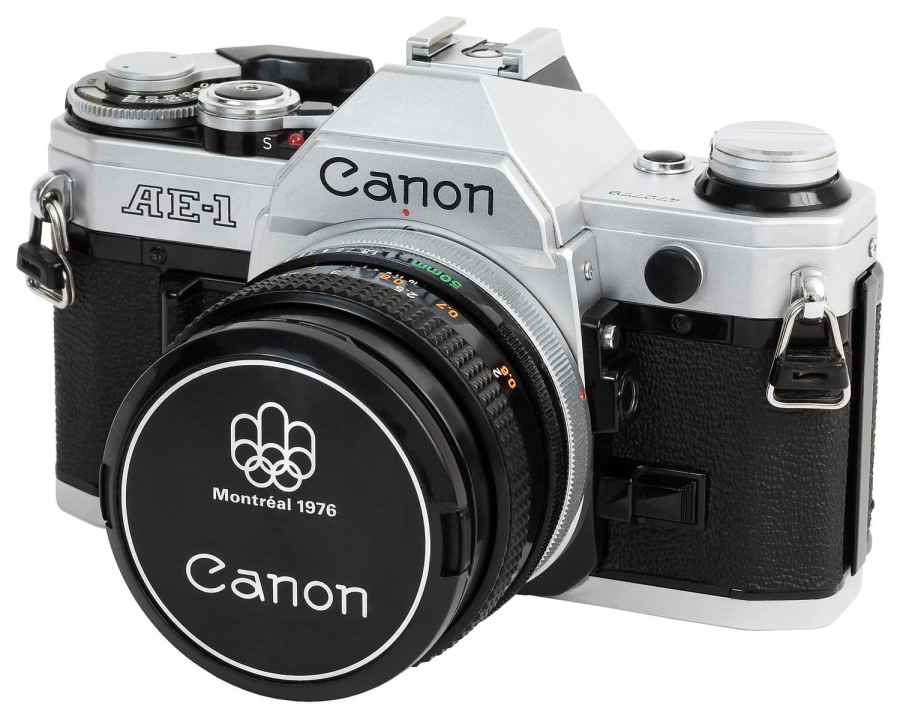Whether your passion for photography took root in the 70s, 80s, 90s or the noughties, we all have a first camera that got us started. In this post we’ve collated some of the rarest and most popular first cameras as shared by the AP community via our Facebook page. It’s always nice to get a bit nostalgic about the good old days, share memories of your first camera with us, either in the comments below or via Twitter, Instagram or Facebook.
First camera – Praktica B100

Picture: Frode Inge Helland
Manufactured in East Germany in the early 1980s, the Praktica B100 electronic 35mm SLR camera was easily identified by its hand grenade-like body finish. It was one of the first all, automatic cameras, but allowed aperture control via the lens, similar to Aperture Priority mode in cameras today. The B100 used the Praktica PB Bayonet mount. Stuart Macrae wrote: “Bomb proof and looked like a grenade! Wish I had kept all my cameras and not traded them in or sold them for a pittance.”
First camera – Canon AE-1

The Canon AE-1 is a 35mm film SLR camera, manufactured in Japan between 1976 and 1984 and carried an electronic shutter. Canon’s AE-1 was a benchmark camera, as it was one of the first models to use a microprocessor and also because Canon sold one million of them. Speaking of his first camera, Wayne Andrews wrote: “A 1983 Canon AE1 Program and I still have it today. Call it Nostalgia or sentiment.”
First camera – Zenit E. Russian
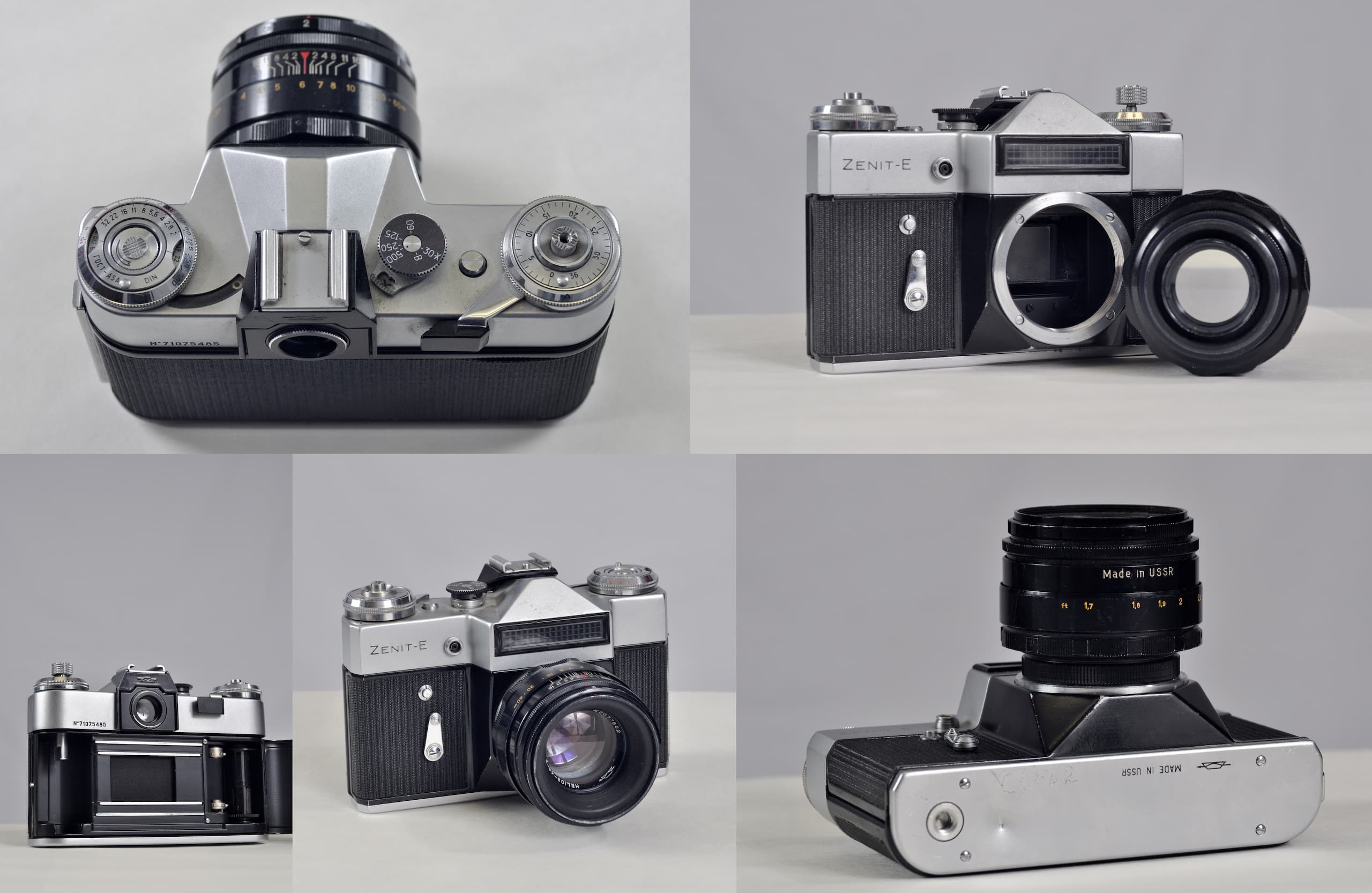
Picture: Andrew Butitta
The Zenit-E was a pioneering camera model, designed to be simple, reliable and tough. Recalling his beloved first camera, Joe Gilmartin wrote: “The Zenit E. Russian and it was built like a Russian tank. Finances then couldn’t stretch to slightly better Praktica or the significantly better Spotmatic. The Zorki 4 was a runner up choice. In fairness the Zenit took some decent pics and was a good camera to learn the basics of photography. A few years later improved finances brought a Canon AE1.”
First camera – Braun Paxette II
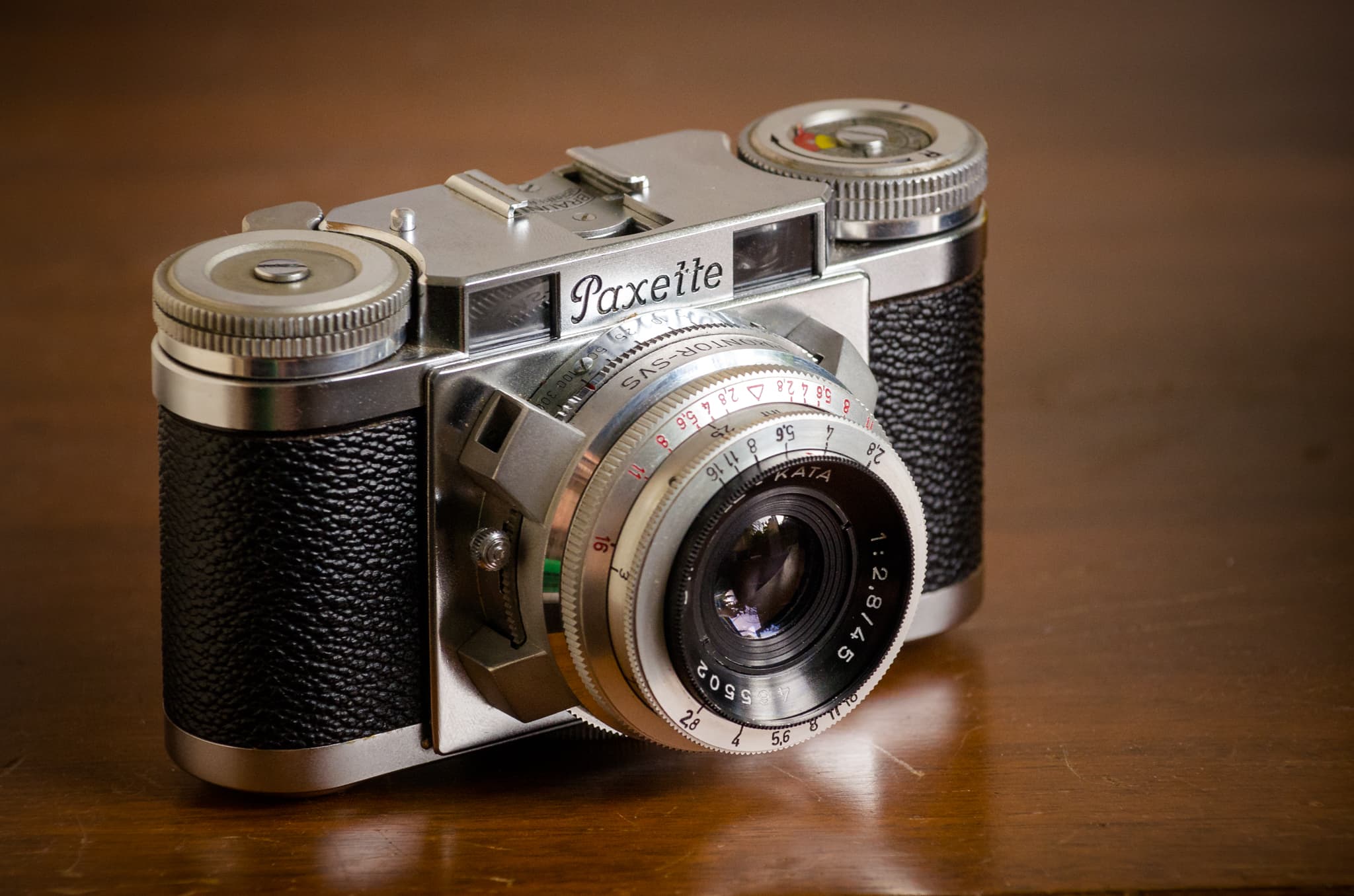
Picture: Kurt Bauschardt
The Braun Paxette II is an interchangeable lens 35mm film camera produced in Nuremberg Germany during the 1950s. Despite using the M39 thread lens mount, the same as the Leica RF cameras, lenses were not interchangeable between the Paxette II and Leicas, due to the fact that they feature leaf shutters, giving them a larger flange depth (longer space between lens mount and film surface). Richard Knock wrote of his first camera: “Paxette II. Still got it, and the handbook, but the shutter expired about 20 years ago, so it’s been replaced. I took loads of colour slides on Kodak film in my seafaring days, and have scanned and converted them onto my computer. The quality is fabulous.”
First camera – Rand No. 111 (Diana) 120 film camera
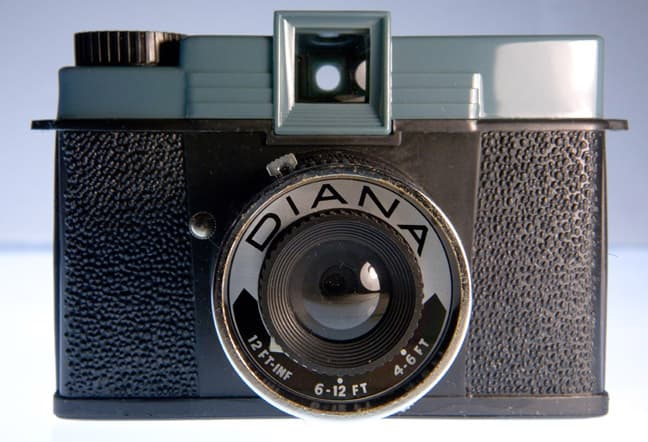
Jim Newberry Photography
The famous Diana “Toy camera” was originally manufactured by Great Wall Plastic Co. Hong Kong in the 1960s. There have been numerous clones of the Diana camera throughout the years, all following the same basic design. The Rand No. 111 was one such clone that was owned by AP community member, John McHugh, who said of his first camera: “A Rand (Diana) 120 roll film camera. Plastic-not bakerlite. Effectively a ‘toy’ camera back in the early 60’s, but enough to get me ‘hooked’ into my favourite hobby/pastime. As I recall, it took some half decent photographs.”
First camera – Pentax P50/P5
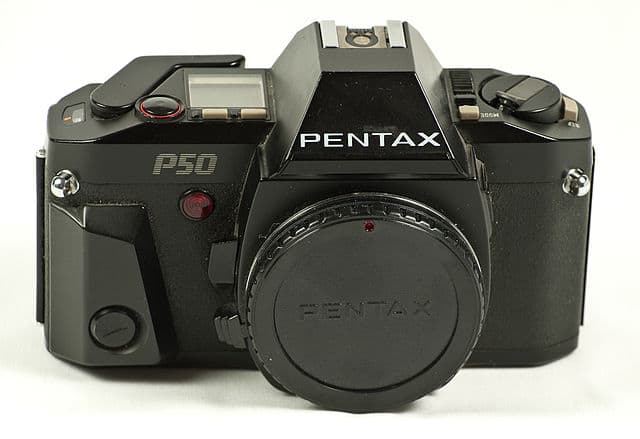
Picture: Thomas Backa
The 30-year-old Pentax P50 or P5 SLR as it was known in the US, used the KA mount and was popular due to its compact size and advanced features for the time of its release, such as an LCD screen, depth of field preview and program modes. Audley Jarvis wrote: A Pentax P5 in 1987. I was 15 at the time and washed dishes in a local cafe in order to buy it. I remember that it looked really futuristic compared to the Canon K1000. Used to shoot b&w and use my parents home darkroom kit to develop prints myself. Happy days.”
First camera – Minolta DiMAGE 7i

Picture: Fanny Schertzer
The uniquely designed Minolta DiMAGE 7i is a rare camera, produced for only one year between 2002 and 2003. Released as the follow up to the Minolta DiMAGE, the first 5-megapixel digital camera, the “7i” version was a superficial update as very little was changed from the original. The DiMAGE 7i had a fixed 28-200mm (7x optical zoom) lens, improved movie functionality and faster burst mode shooting, up to 7fps in high speed mode. Thomas Fredriksson fondly recalls his first camera, writing: “Minolta DiMAGE 7i. Loved it so much! Then I got the Konica Minolta DiMAGE A2 after it, great cameras, I still have my A2 in a box somewhere.”
First camera – Disposable Fujifilm
Sera Kelly Lloyd wrote: “Well it was a Fujifilm disposable back in the early 90s but then got a Sony Cybershot 3.2mp in 2003 which cost me $700NZD back then!!”
First camera – Kodak Star 110
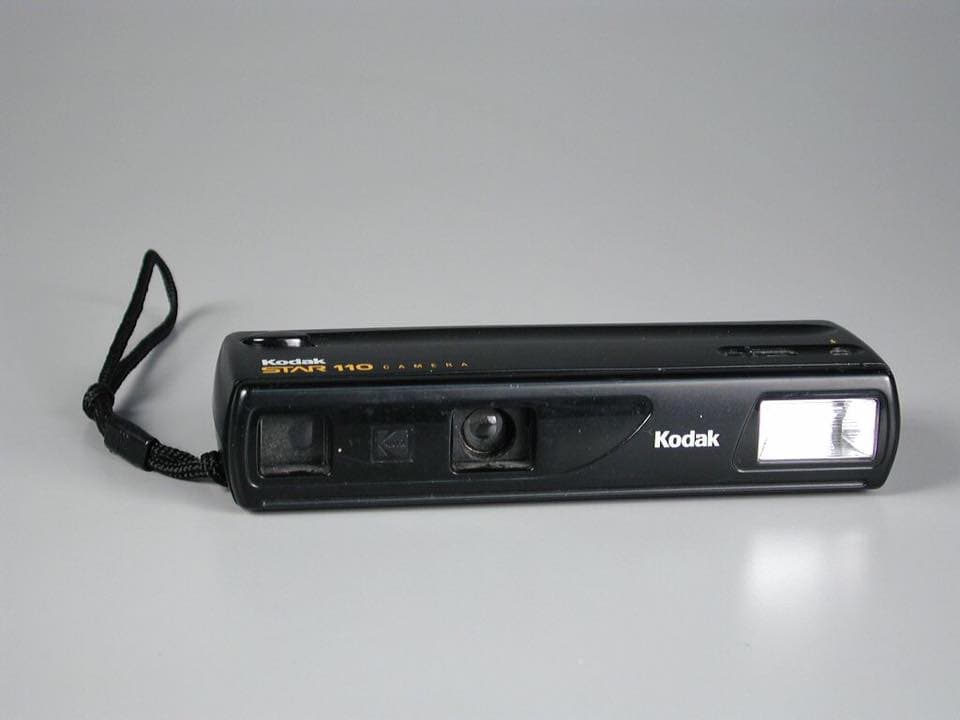
Picture: The Strong
The Kodak Star 110 film camera was hugely popular in the early 90s, due to its affordability, portability and built-in flash. It also had a 28mm fixed focal length lens, which was great for taking group photos and made it popular among families. Shannen Robertson who was given the Kodak Star as a gift, wrote: “I got one of these for my birthday when I was 10 years old. And my love of photography blossomed.”

